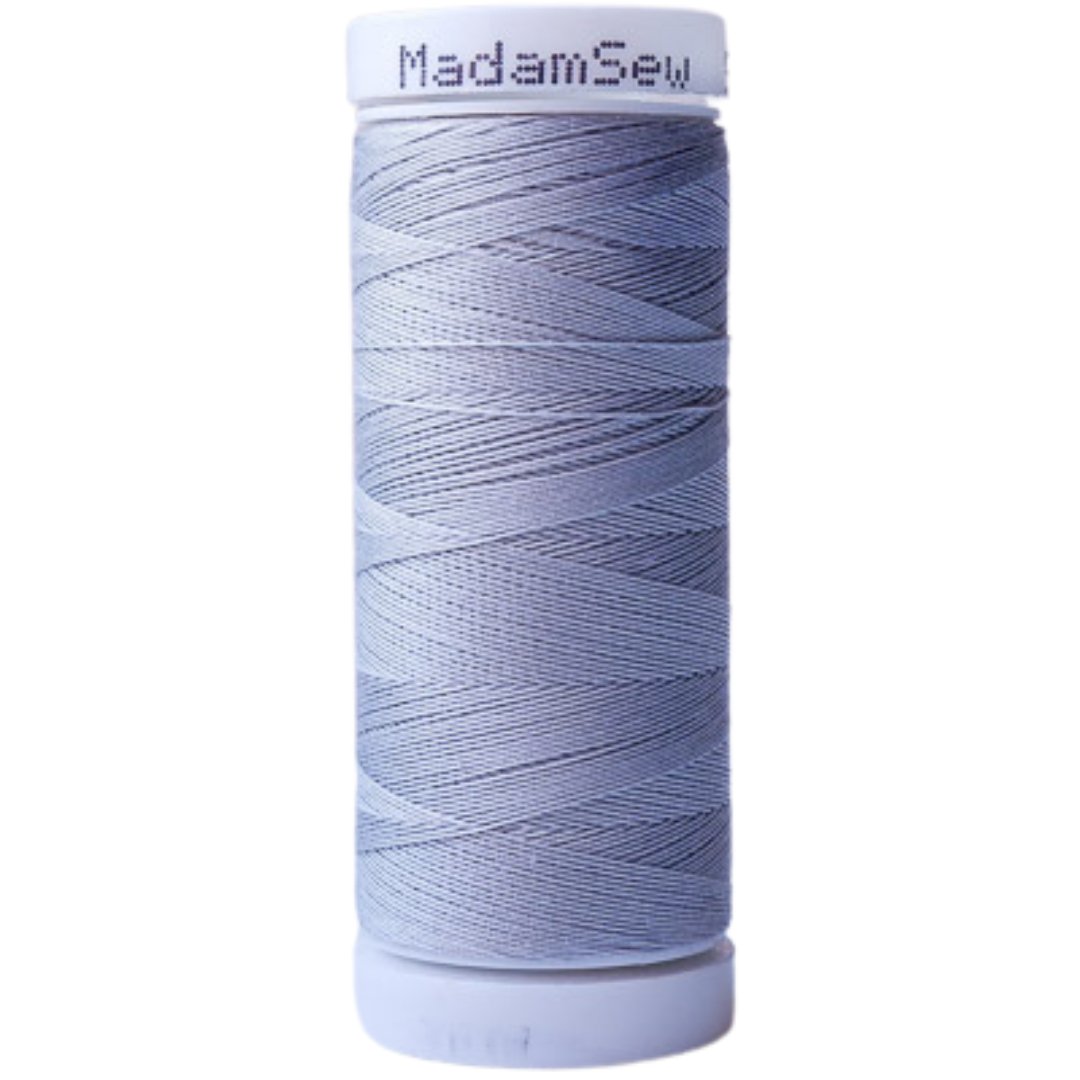A Sewing Essential: Invisible Stitches
I don’t sew by hand a lot. If I can do it with my sewing machine, I will. I think I only use a hand needle to close an opening after turning a machine sewed project inside out, to attach a button, or to baste stitch. As I make lots of little projects for my home or for presents and little pouches and bags, I find myself closing a lot of turning holes. Do you hand sew a lot? What do you use it for?
In this post, I will show how to sew a ladder or invisible stitch. It is also called a slip stitch or a hidden stitch. A ladder stitch is predominantly used to sew up (turning) holes in items like stuffed toys, accessories or home decor items, and for joining seams in general. This is the hand stitch I use the most and I think every sewist should know it! The stitch is formed between two edges and is hidden along the seam line. A necessary basic when you sew –you want the stitches to show as little as possible....
Sewing a hidden stitch is relatively simple to do and doesn’t require the specialized skills of a seamstress, but in order to make a beautiful and really hidden stitch you will need a little practice. I listed some guidelines in this post for you to follow.
General tip
Use a single thread, in a matching color, and use a fine, sharp hand sewing needle.
If you are in doubt, always use a darker shade of thread rather than a lighter one. Lighter colors will stand out more. If you want, you can also use transparent thread. I have a spool handy and if I really want my stitches to be invisible, I use that fine polyamide thread. Some people take a thread from the fabric itself to make it match perfectly. Have you ever done that? I don’t even know how to do that!
If you have different options for thread thickness, try to choose a thread that is a little thinner than the fabric.
Please, don't use a blunt needle. Your best option is to choose a short, sharp needle with a small eye. Shorter needles give greater control and accuracy.
Step by step
You have an opening that needs to be closed in a seam. There are two folded edges of fabric, nicely pressed, with the seam allowances tucked to the inside that need to be sewn together.
I used a contrasting thread on 2 pieces of fabric that I joined at the edges so you can see clearly what I am doing in the pictures.
1. Thread the needle & make a knot at the end of the thread.
For those of you who hate to thread a needle, we have a Hand Needle Threader in our store. It is a nifty little tool to thread a hand needle easily. Check out this video
2. Pull out the needle from the inside of the item so the knot is hidden in the fold. I am right handed so I am sewing from right to left. If you are left handed, I think you will find it easier to start on the left. Run the needle through the fold so the thread comes out exactly from the fold of the fabric.
3. Move to the opposite side of the opening and insert the needle close to the starting point. Grab 1/16 - 1/4 inch of fabric with the needle. The 2 sides are now connected. Make sure the needle enters directly into the fold– think about creating a sort of zipper with the thread.
4. Move to the opposite side again - right in front of where the thread came out of the fold and grab 1/16 to 1/4 inch of fabric on the opposite fold.
5. Pull the thread until the stitch is hidden in the crease between the fabric folds but don't tighten the thread too much.
6. Continue jumping from one side to the other until you come to the end of the opening, pulling the thread every couple of stitches.
7. At the end of the opening, finish sewing by tying a knot or sewing over the previous stitch. Don't cut the thread yet. Hide the thread tail inside the project.
That’s it. It’s not difficult, right?
Have you tried it like this before? Or do you have another way of closing an opening? I would love to read it in the comments!
Happy sewing!
An
Writing about sewing and making tutorial videos for MadamSew.com

















5 comments
Is there such a sewing tool that has marks on it for making pleats?
Thank you so much for the ladder stitch video. I have always been a “visual learner” and this was a great and clear video.
Many years ago, a wonderful little Italian lady from Bari, Italy, lived next door to me. She was a professional seamstress in Italy and spent hundreds of hours teaching me how to sew, create and got me started on sewing to this day…45 years ago!
Thanks again for the video. I hope you will post many more on various techniques.
Thank you for the tutorial for the ladder stitch. I have used it a lot, but it was a nice refresher. Thank you, Carolyn Barney.
I have been using the ladder stitch most of my life. I taught IT to junior high, and senior high school home ec students, and adult education classes
Great explanation ! I was taught the “across the street stitch “ I don’t know if that’s the proper name ? Similar but instead of just gathering the other side to pull together you make a loop and go through that for extra strength . ( before pulling closed) can you understand what I mean ? Your way hides the stitch better I think . Thank you for posting this !